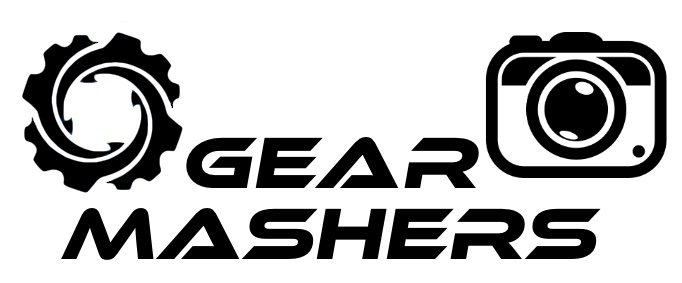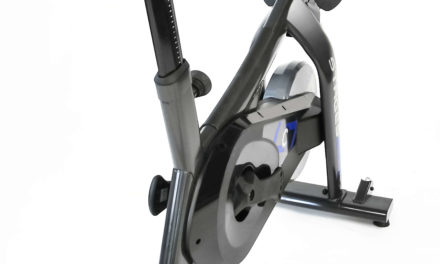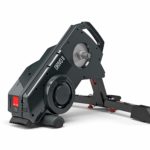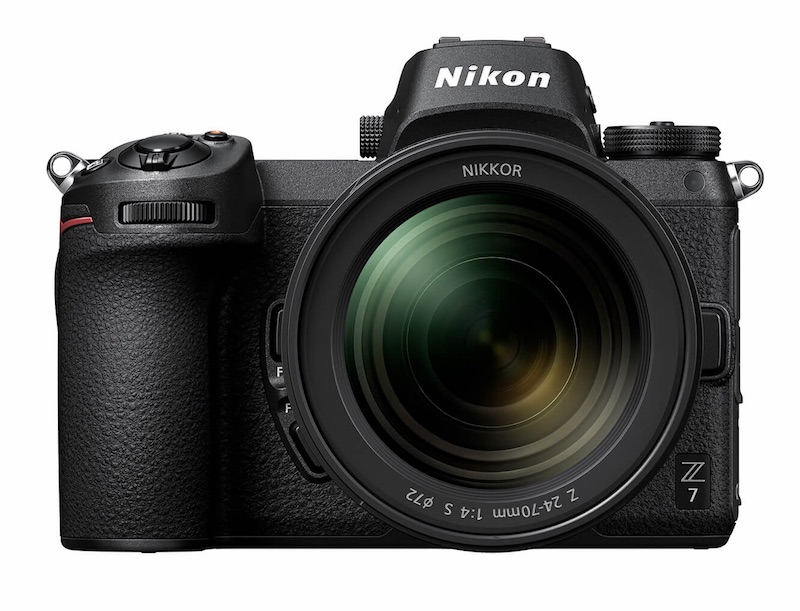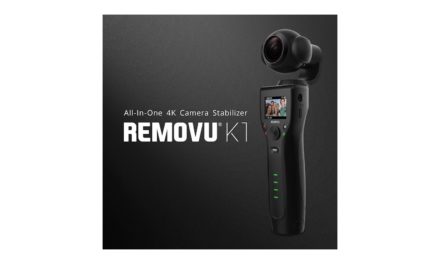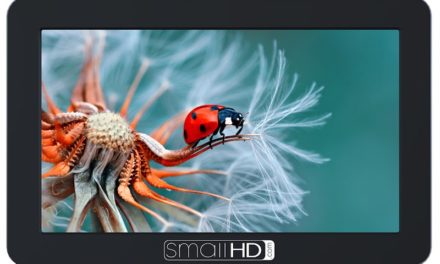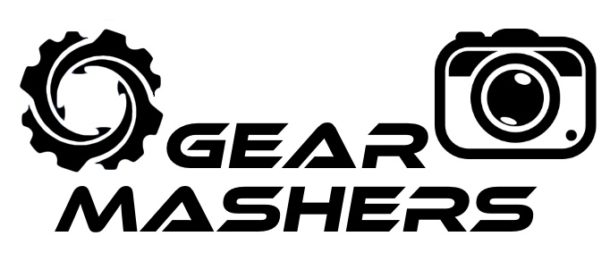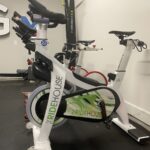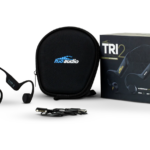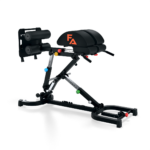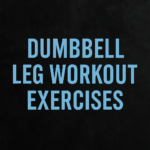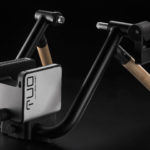
Nikon Z Series Z7 and Z6 Mirrorless Camera Review
Nikon is jumping into the mirrorless camera game with their Z Series Z7 and Z6 mirrorless cameras.
Nikon Z Series Z7 and Z6 Mirrorless Camera Review
The Z mirrorless cameras were inspired by Nikon’s D850 and resized into a smaller package. With Sony’s impressive Alpha line of mirrorless cameras, Nikon and Canon are in catchup mode and Nikon hopes their Z7 and Z6 will compete in the mirrorless arena. The official release date for the Z7 and Z6 series cameras is September 30, 2018. You can pre-order them from Amazon.
Z7 Pre-order (https://amzn.to/2BOkBU9) bundle. Includes a Nikon Z6 and FTZ Mount Adapter and 24-70 F/4 lens
Z6 Pre-order (https://amzn.to/2BJH5pn) bundle. Includes a Nikon Z6 and FTZ Mount Adapter and 24-70 F/4 lens
While Sony remains king of mirrorless, Nikon has a huge following of camera users who are avid photographers and videographers. One of the main reasons people don’t switch camera manufacturers has to do with lens compatibility. Canon lenses don’t work natively with Nikon camera bodies and Nikon lenses don’t work natively with Canon lenses. The same is true with Sony lenses. So as you collect glass (camera lenses) for a particular manufacturer you’re less likely to jump ship. If you do, you’re having to buy all new lenses again, which can be quite expensive.
Nikon wanted to make sure that all the Nikon glass would work with the new Z cameras, so they developed the FTZ Mount Adapter. The new Z series cameras are fully compatible with over 90 F-Mount NIKKOR lenses, which retain all their sharpness, rendering power and functionality. Plus, they gain so much—smooth, fast Hybrid-AF*, silent shooting, in-camera VR and more. In total, approximately 360 F-Mount NIKKOR lenses can be used. This is huge because it allows almost any Nikon camera photographer to continue to use their favorite lenses on the new Z line without having to buy new lenses.
The camera’s are full frame using Nikon’s FX-format image sensors and can use the extra light provided by the large Z Mount. Nikon incorporates EXPEED 6, their most advanced Nikon image processor, giving the camera breathtaking image quality, improved low-light performance and versatile video capabilities.
The Z’s use a 5-axis optical VR system, which can eliminate up to 5 stops of image stabilization when using NIKKOR Z lenses and up to 3-axis VR when using F-Mount NIKKOR lenses.
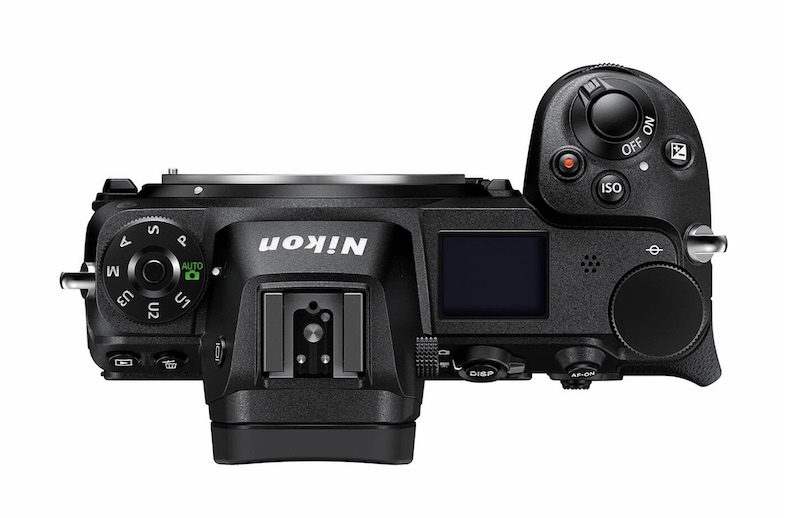
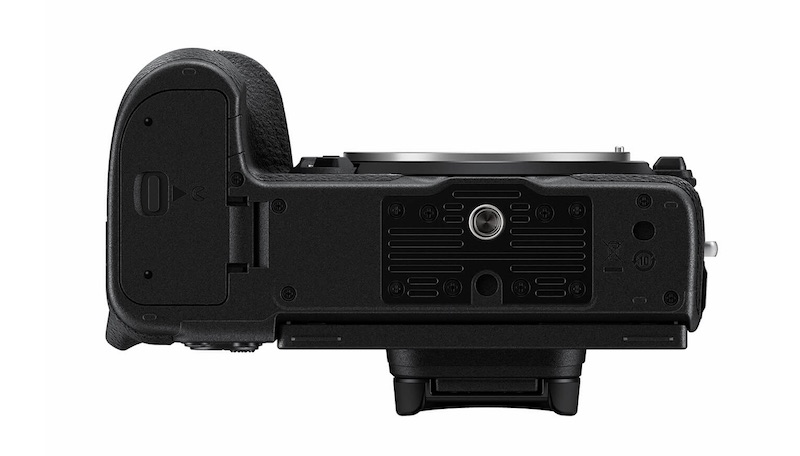
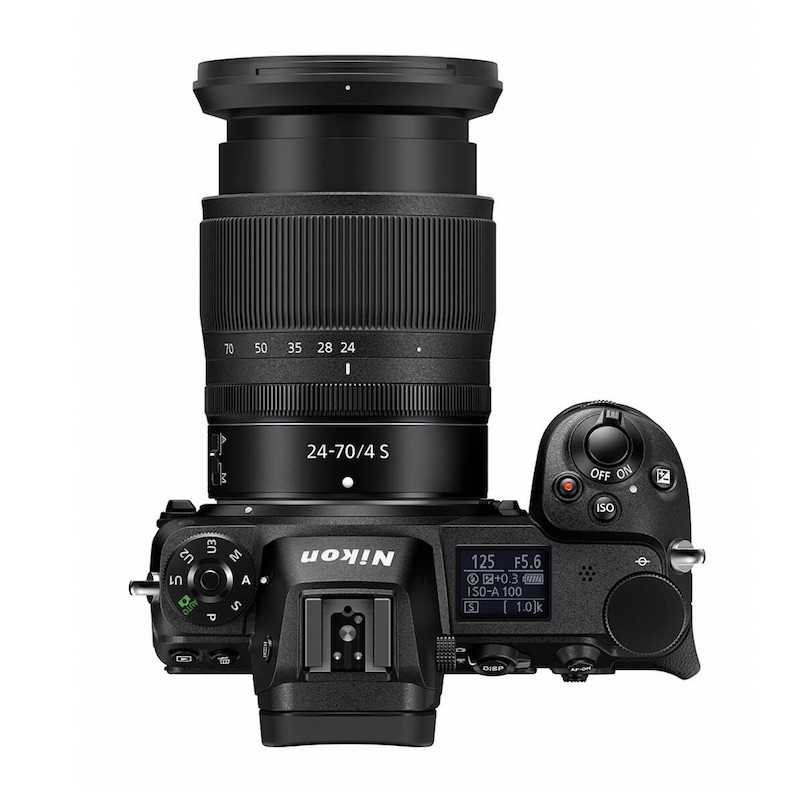
Nikon Z7 Vs Z6 Comparison
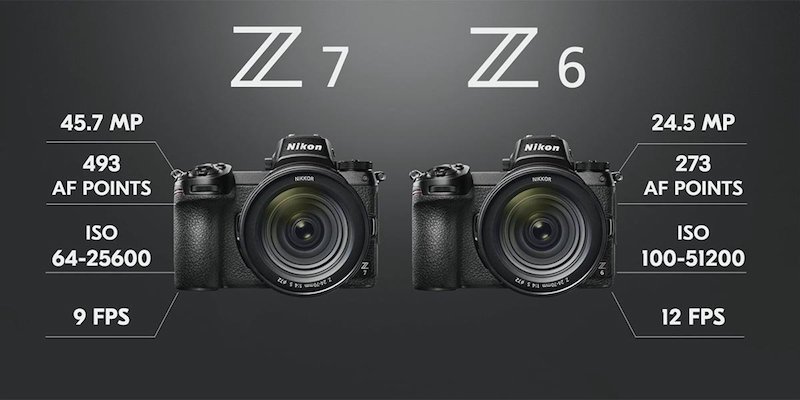
When comparing the Z7 to the Z6, the cameras look nearly identical. You can think of the Z7 as it’s mirrorless equivalent to the Nikon D850 DSLR. The Z6 is more in line with the Nikon D750.
Both the Z7 and Z6 are full frame mirrorless cameras that incorporate Nikon’s Expeed 6 image processor.
The Z7 offers a stunning 45.7 megapixel capture rate, where the Z6 goes up to 24.5 megapixels. The Z7 uses 493 AF points vs 273 on the Z6.
Where the Z6 deviates a bit beyond megapixels over the Z7, is the faster frames per second (12 FPS vs 9 FPS) and the ISO setting going all the way to 51,200.
Both cameras offer a five-axis image stabilization, which should help in video mode for capturing smooth footage. Nikon claims the stabilization allows for a shutter speed up to 5 stops when combined with a VR lens.
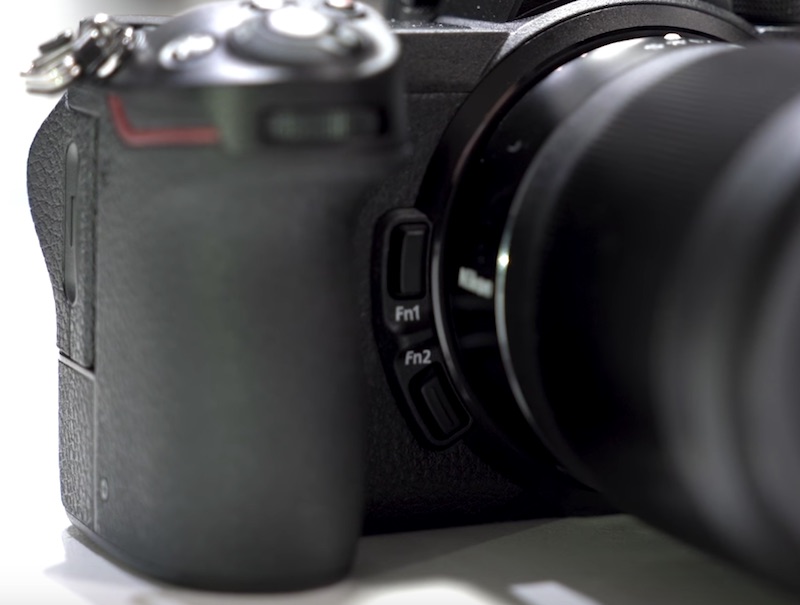
Nikon Z Camera Function Keys – F1 & F2
One thing that is a little awkward is the location of the F1 and F2 buttons. They are located on the inside of the front grip which may be problematic for those with big fingers.
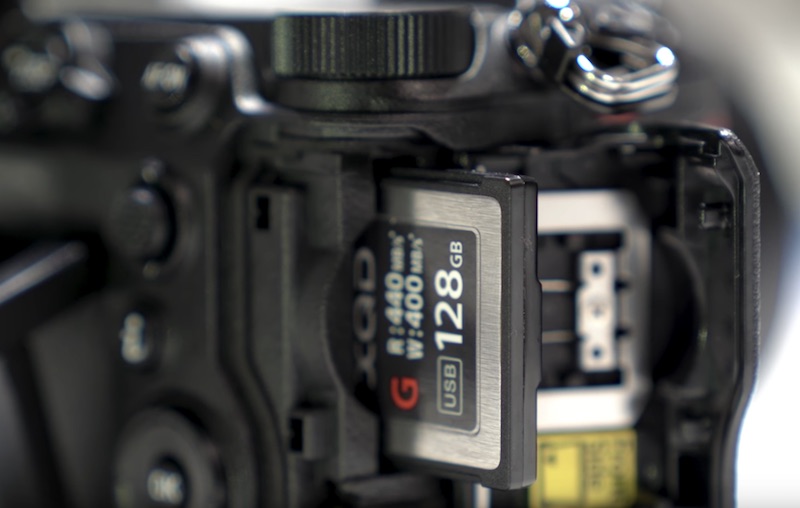
Nikon Z XQD Media Card
The camera comes with 1 XQD slot rather than 2, which is a let down. Apparently camera size limited the ability to add a second one. For those not in the know, XQD is a media card format that was designed to be a successor to the CompactFlash card. Nikon developed the card to work with their cameras. The advantages of the XQD is speed and storage, but I am not quite convinced it really is any big advantage over high end SD cards today considering Sony uses them and their Alpha cameras are super fast.
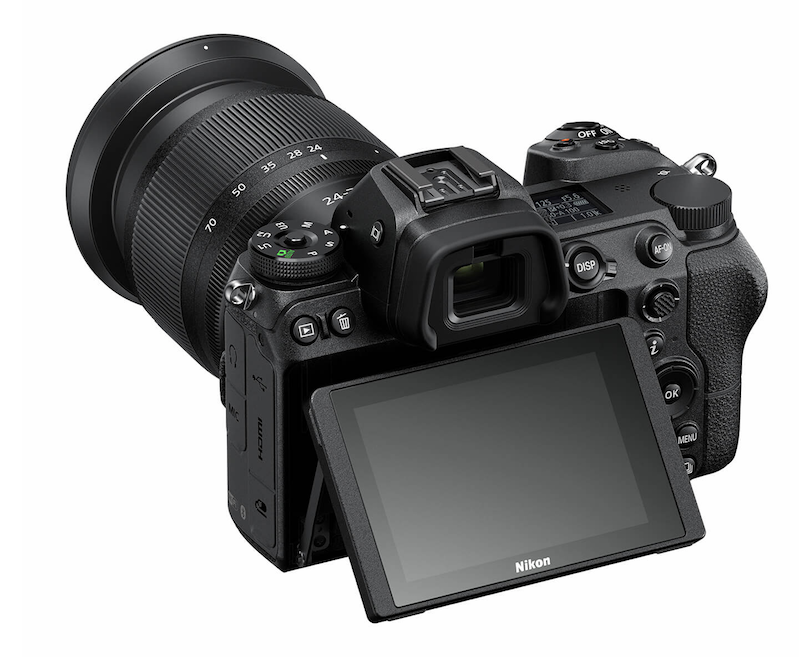
Nikon Z LCD Screen
The rear LCD screen doesn’t Flip all the way down or out to the side, which will be a letdown for some who like to shoot with the camera above their head. Unlike Canon’s articulated screen that can flip out to the side, Nikon went the Sony route and from a vloggers point of view was a let down.
Nikon Z EVF
Nikon’s EVF (Electronic View Finder) pushes out a little more than the Sony Alpah line making it a bit more comfortable when viewing. It allows you to hold the Z camera closer to your face without you nose banging into it.
Nikon Auto Focus
When comparing Nikon Z’s face AF (Auto Focus) to Sony’s Eye detect AF, Nikon Z simply can’t keep up. Right now Sony is the clear winner.
Many Nikon shooters that have had a chance to test out the Nikon Z camera’s feel the autofocus isn’t as quick as the higher end Nikon DSLRs seem to be and certainly not as good as Sonys.
Nikon 3 Year Z Lens Roadmap
Various native lenses for the Z cameras are slated to roll out over the next 3 years. One of the more interesting lenses will be the NIKKOR Z 58mm f/0.95 Noct. That should be a killer lens, pretty much blowing away any prime in it’s category. Nikon isn’t opening up their camera architecture and specifications for other manufacturers to make lenses, so companies like Tamron and Sigma will be left having to reverse engineer lenses for the Z cameras. This could be a problem considering companies like Sony have allowed both Tamron and Sigma to make lenses for the Alpha line.

Nikon’s 58mm f/0.95 ‘Z-Noct’ Lens
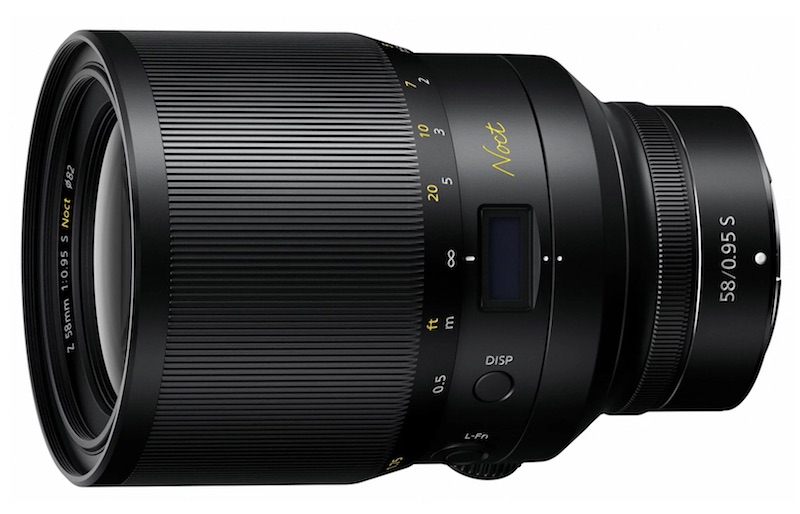
Yes you read that right, Nikon is planning to release a 58mm F/0.9 Z-Noct (short for “Nocturne,”) lens. The reason this is possible is primarily due to the Z’s 55mm inner diameter lens mount. What is going on behind the scenes has to do with the the Z-Mount’s very large diameter and close proximity to the sensor, a flange distance of just 16mm. The short distance eliminates the need for bulky optics and also allows for smaller compact lenses. Combine that with the 55mm diameter hole, which allows for more light to come in and you have one heck of an awesome low light lens that will give killer Bokeh.
From what I understand there will be 2 downsides to this amazing lens. First it will be manual focus, which is too bad and 2nd it’s going to come with a hefty price tag. Rumors have it costing around 4K-6K, which pretty much put’s it out of the price range of most mortals.
Nikon FTZ Mount Adapter
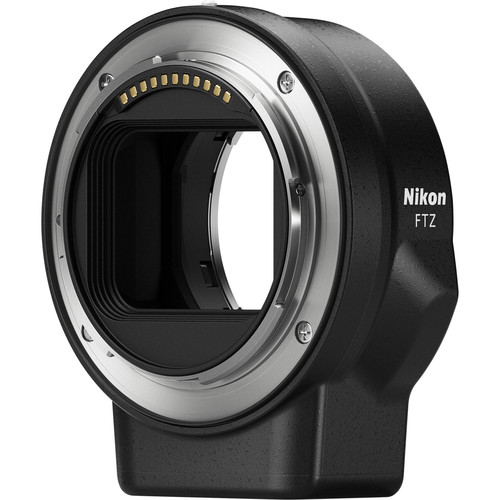
Along with the new Nikon Z camera range, Nikon made sure to include an adapter enabling the use of nearly all Nikon F-mount lenses on Z-mount mirrorless camera bodies. The FTZ Mount Adapter is compatible with approximately 360 distinct F-mount lenses and it is especially ideal for use with over 90 E, G, and D-type lenses, where it fully maintains autofocus and auto-exposure capabilities for seamless use of the SLR lenses on the mirrorless body.
The FTZ Mount Adapter is built from magnesium alloy and is weather-sealed. It incorporates a 1/4″-20 mount on the base to provide a more balanced means for working on a tripod with longer, heavier lenses.
Should You Switch Camera Manufactures To The Nikon Z Series?
For photographers who already own Nikon lenses it makes perfect sense to upgrade to the Z cameras rather than go for Sony, Panasonic or Fuji mirrorless cameras. Most of not all current Nikon F mount lenses will be compatible with the new Z mounts using the FTZ Mount Adapter. If you are just starting out and are looking for a mirrorless camera, the Nikon wouldn’t be my first choice for mirrorless. While the Nikon is good, I don’t feel it is in the same category as Sony’s at present. Only 3 native lenses will be available this year and you have to wait until 2019 to get the 24-70 f/2.8, which is what many run and gun photographers will want to have in their arsenal.


Nikon Z-7 Camera Specifications
Nikon Z7 Specifications
- 45.7MP FX-Format BSI CMOS Sensor
- EXPEED 6 Image Processing Engine
- UHD 4K30 Video; N-Log & 10-Bit HDMI Out
- 493-Point Phase-Detect AF System
- Built-In 5-Axis Vibration Reduction
- 0.80x 3.6m-Dot EVF with NIKKOR Optics
- 3.2″ 2.1m-Dot Tilting Touchscreen LCD
- 9 fps Continuous Shooting; ISO 64-25600
- Top-Panel Dot-Matrix OLED; XQD Card Slot
- NIKKOR Z 24-70mm f/4 S Lens
Nikon Z-6 Camera Specifications
Nikon Z6 Specifications
- 24.5MP FX-Format BSI CMOS Sensor
- EXPEED 6 Image Processing Engine
- UHD 4K30 Video; N-Log & 10-Bit HDMI Out
- 273-Point Phase-Detect AF System
- Built-In 5-Axis Vibration Reduction
- 0.80x 3.6m-Dot EVF with NIKKOR Optics
- 3.2″ 2.1m-Dot Tilting Touchscreen LCD
- 12 fps Shooting; ISO 100-51200
- Top-Panel Dot-Matrix OLED; XQD Card Slot
- NIKKOR Z 24-70mm f/4 S Lens

It’s fantastic to see Nikon jumping into the mirrorless arena with the new Nikon Z series cameras. Many Nikon enthusiasts who prefer the smaller size and form factor of a mirrorless system have to be excited about what the Z cameras have to offer.
Being a big Sony fan, I am not sure the Z7 or Z6 does much in the way to convince Sony users to want to switch to Nikon. It may cause Canon users to think twice. Unless and until Canon produces a real challenger to the existing mirrorless camera scene, people will be jumping ship.
